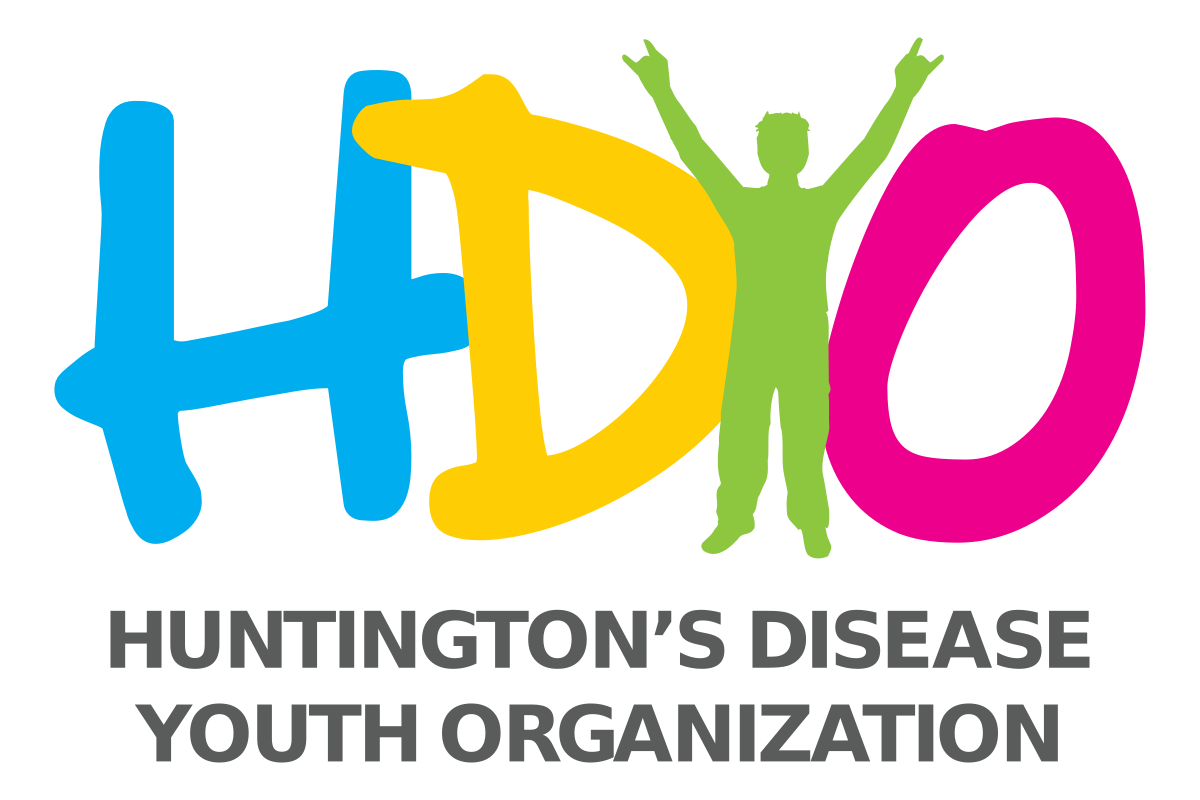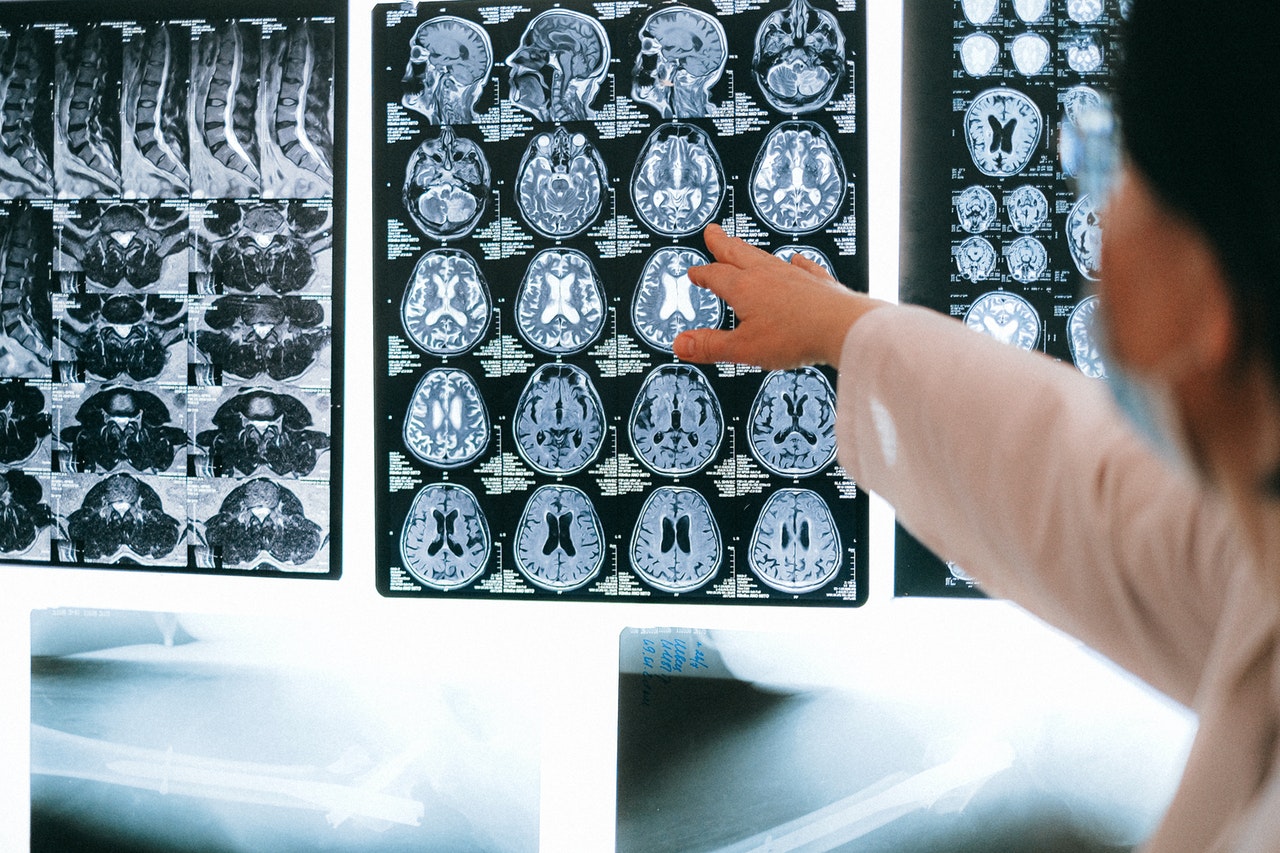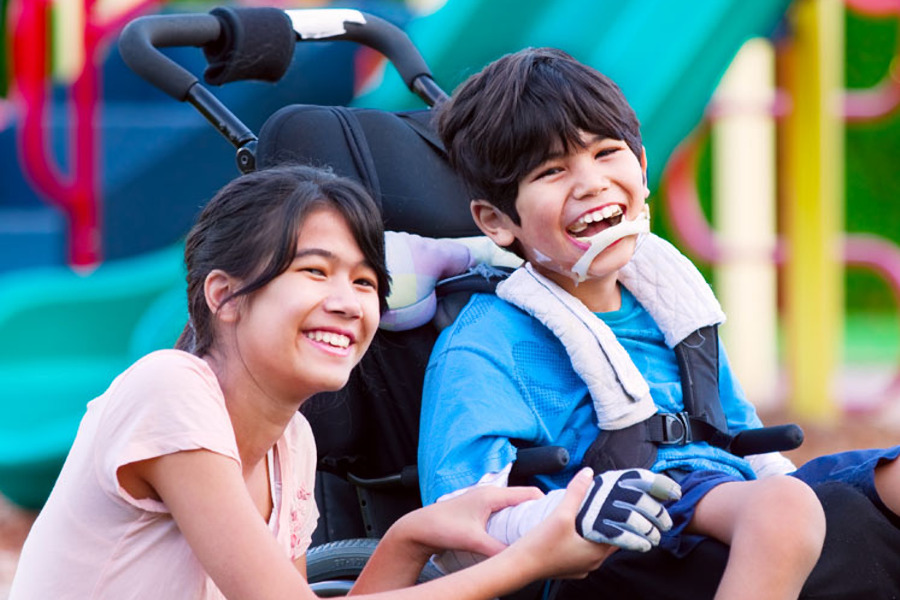The Basics of JHD
January 16, 2022

HDYO has more information about HD available for young people, parents and professionals on our site:
www.hdyo.org
This section explains the basics of Juvenile Huntington’s disease (JHD) and provides some insight into the kind of support available for families impacted by JHD.
What is JHD?
Huntington’s Disease (HD) is known as a rare ‘genetic neurodegenerative disorder’. The word genetic means that this disease is passed down from one generation to the next. Neuro relates to the brain. Degenerative means something that gradually gets worse over time. Disorder is another word for disease. So, when people describe HD, they are saying it is a disease passed down from a parent to a child, which affects the brain, and gradually gets worse over time.
HD is caused by a spelling mistake (called a mutation) in the letters of DNA within the huntingtin gene. The huntingtin gene is the genetic instruction required to make huntingtin protein. Everyone has this gene and makes huntingtin protein. However, when the DNA letters C-A-G are repeated too many times within this gene, the body makes stickier/toxic huntingtin protein. This bad version of protein is what makes brain cells sick and ultimately leads to HD symptoms.
Most people who have HD have a CAG repeat of between 40-50. For these people, it is hard to tell when their symptoms will begin as there is a lot of variability. For example, two people with the same CAG repeat of 45 could start to see symptoms of HD begin at completely different ages. But generally, a higher CAG repeat is linked to people showing HD symptoms earlier in life. People with JHD tend to have higher CAG repeats, usually 50 and above, leading to their symptoms starting before their 21st birthday.
Is JHD common?
JHD is even more rare than adult onset. Around 5% of all people with HD develop JHD. Most people (around 80%) who have JHD inherit the gene from their father. This is thought to be due to CAG repeats being less stable –meaning they can increase by larger numbers – when inherited from a male. In general, CAG repeats can increase or decrease a little when passed from generation to generation. However, in a small percentage of people there is a larger increase which can lead to JHD. It’s important to remember, however, that JHD is very rare.
Symptoms of JHD
Support for young people with JHD is vital. Their needs differ from typical adult-onset HD in both the symptoms and the ways that it changes the lives of the individuals and families. JHD presents unique challenges to young people, their caregivers, and the various professionals who are called upon to assist them.
Typical early symptoms of JHD
Stiffness or rigidity
Clumsiness
Problems with speech
Decline in cognitive function (how a person thinks, remembers, and learns)
Changes in behavior
Seizures (in ~30-35% of JHD cases there is a tendency to have epileptic seizures - something almost never seen in adult-onset HD)
Progression of JHD is typically faster than that of adult-onset HD. However, as with adult-onset HD, there is a lot of variability in each individuals’ symptoms and how their condition progresses.
Diagnosing JHD
Diagnosing JHD can be very difficult. As mentioned previously, JHD is rare and not many physicians have seen patients with JHD before. This can lead to a great deal of time being spent eliminating other possible causes of symptoms. Even the best physicians may need to examine a child several times before being confident of a diagnosis of JHD. A pediatric neurologist can usually determine that the child has a disorder affecting a portion of the brain called the basal ganglia (which is affected in HD) but it can be difficult to distinguish JHD from other similar diseases. It can also be difficult to be sure that early symptoms (such as changes in behavior, difficulty in school, and being clumsy) are caused by JHD. If a child shows these symptoms, it’s important to look into other causes rather than assuming it is JHD just because the condition is in the family.
Testing for JHD is not straightforward. Most young people displaying symptoms of JHD have high repeat counts which are suggestive of those symptoms being JHD. Other young people may show symptoms of JHD but don’t have high CAG repeats. The risk then is that if you test a young person for the gene the result could be in the adult-onset range. In that case, any symptoms the young person has might be due to other causes and not necessarily JHD. National and international guidelines state that unless a healthcare professional feels confident symptoms are due to JHD, a person should not be tested until they are at least 18 years old. Testing before the age of 18 takes away the person's right to decide to be tested, and, in some countries, may cause the young person to be declined from obtaining certain benefits when they are older (such as life insurance or long-term care insurance).
As a result of all these difficulties, it can take a while for a young person to be diagnosed with JHD. This can be frustrating for everyone. Although finding support can be a bit harder during this time, HDYO encourages young people and families to reach out to us. While we cannot provide medical advice, HDYO will try to connect you to people who might be able to help.
Support for JHD
Below you will find a list of health care professionals HDYO considers key in the care of someone with JHD.
Neurologist: Having a neurologist (ideally a pediatric neurologist) who specializes in HD can be a huge help with understanding and treatment of JHD.
Geneticist: a geneticist (ideally a pediatric geneticist) can often be involved in the diagnosis of JHD. It is also ideal to have a geneticist with experience or specializing in neurogenetics or movement disorders.
Physiotherapist: A physiotherapy program for children with JHD focuses on maintaining range of motion and independent mobility. Although many children with JHD have stiffness, physical therapy and activity can help to prevent muscle contractures (spasms).
Occupational Therapist: As JHD progresses, equipment and mobility support may be required. An occupational therapist can assess what support is required to help keep young people with JHD as independent as possible.
Speech and Language Therapist: A speech and language therapist can create strategies to help maintain speech, communication, and swallowing for a young person with JHD. One way speech therapists can help is by using devices which allow the user to “speak” a word or phrase by pressing squares on a computer or surface. Specific words and phrases can be programmed into the computer according to the child’s needs, for example, “I need a drink” and “I need a hug.”
Dietician/Nutritionist: A dietician or nutritionist can provide guidance to help a young person with JHD to maintain their weight.
HHD Non-profits, Charities and associations: The Huntington’s Disease Non-profits, Charities and Associations (HDNCAs) provide support to families impacted by HD in their region. Many countries have a HDNCA, but the support available in different regions varies. Many HDNCA’s have good information available on JHD. A good first step is to speak with a healthcare professional and to contact your nearest HDNCA. You can find contact details of your local HDNCA here.
JHD is a difficult disease to cope with. If you are dealing with or have a family member with JHD, please contact HDYO by clicking this link. We are here to help.



